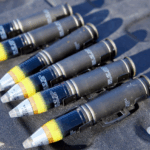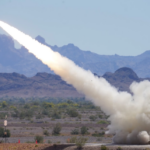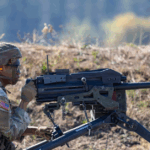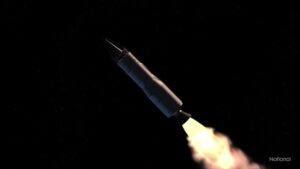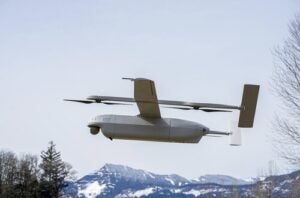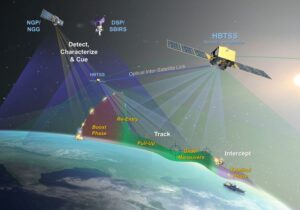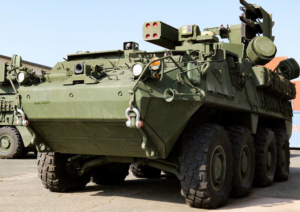
The Army’s planned total buy of its Stryker-mounted short-range air defense platform, newly named the SGT Stout, could potentially grow from 312 up to 361 systems, according to officials. Along with the acquisition objective update, officials confirmed the service is set to complete fielding of the system formerly known as M-SHORAD Inc. 1 to the first four air defense battalions in fiscal year 2026. “We’re now on a path to field multiple battalions with this capability at a rapid pace,”…

 By
By 